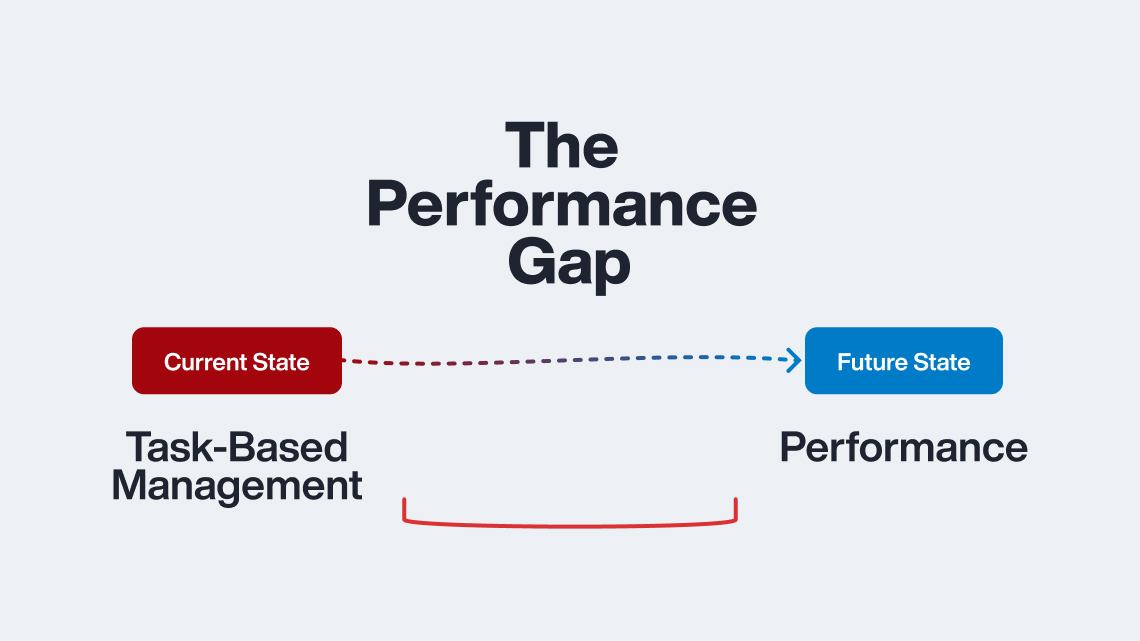Published on December 20th, 2013
By Jason Randall
According to a recent study, America’s Rental Housing, conducted by the Joint Center for Housing Studies of Harvard University, 35 percent of all households are renters and 21 million of those renters pay more than the recommended 30 percent of their income on rent. The conclusion many have taken based on these numbers? That a significant amount of people are renting and paying far more than they should be. While many of the points within the study were valid, we wanted to give our take on the data and dig deeper into what our customers are experiencing in the rental market firsthand in various metros.
It’s all Cyclical
From my perspective, the current spike in renters’ payments is temporary – something that is part of the cyclical nature of the housing market. This type of upsurge in rent prices is a natural reaction to the mass home foreclosures we’ve seen sweeping the country. Put simply, the more foreclosures there are, the more people need to rent. The stock of rentals has not quite caught up with demand yet, as financing for building new housing has become more difficult to get and it’s taken a long time for foreclosed properties to be sold and then rented. This ebb and flow will continue, and can take years to straighten out, but it most certainly will in due time.
Property Managers should Start Preparing for the Pendulum to Swing Again
Currently, property managers have a fairly easy time of keeping renters if they drop their rates. They’ll have no choice but to get more competitive as further stock comes available, since there will be additional choices for renters to choose from. So even though it might be easy to get comfortable (read: complacent) right now, property managers need to start immediately if they want to adequately prepare for the cycle to complete in order to have an advantage when it becomes a renter-friendly market again.
Ask yourself, “What are we doing now to get our systems and technology up to speed for when this hits?” If the answer is “nothing,” you have your work cut out for you.
How to Set Yourself Apart
Since demand is likely to continue shifting toward multi family rentals and fewer single family rentals, more old buildings are getting retrofitted. Now is the time to get on top of rental trends in your area, and keep an eye on how things are changing. You should always aim to price slightly ahead of the market, knowing it will eventually catch up. A lot of property managers find themselves undercharging, and not even realizing it. We have a feature that is used by many of our customers (RentMatch) which allows them to check the real rent in the local area. Market rent and real rent are two very different things, and if you’re basing your rent off of limited information and just looking at leasing ads to price competitively, you’re playing against faulty data.
How are Trends Impacting Specific Metros on a Micro Scale
So how do our customers weigh in on the matter, and how does it differ from one local metro to another?
“Yes, more people are renting now than in recent times. It’s actually the highest rate in 10 years. But the historical rate of renters is within 5 percent of the 35 percent number the Harvard study cites, so it’s not a huge difference. Right now, we’re essentially back to where we were in the 1960s if we look at the timeline of the housing bubble.
As for how much they’re paying – I’ve seen a stat that 72 percent of people under 30 are renting. This is a result of the population boom 30 years ago. Those people are now the renters and it’s common for them to rent until they marry, so they’re renting longer. In our market, because of the housing bubble, a lot of people had to leave their homes and went back to being renters again and those properties are back to being rentals again.
This has made ‘starter pricing’ more available, and has turned into a lot of demand for people buying homes in Sacramento. There are easily more buyers than sellers, and more single family rentals out there, but over time it will likely trend back to normal. The prices crashed after the bubble burst, so now they essentially need to be cleared out and then can cycle back to average.”
– Bob Machado, President of Homepointe in Sacramento, CA
“Washington D.C. is a diverse market. We aren’t seeing the same rent growth that we saw in 2011, 2012, and going into 2013. There are a lot of reasons for this, some submarket driven, and some because we’re beholden to the federal government. With sequestration and budget impasse, there’s a lot of concern and people unwilling to make changes. With wariness in the marketplace comes the damper on growth that we’ve seen.
With ‘class A’ neighborhoods, we’re seeing classic supply and demand. But with older, ‘class B/class C’ rent-regulated properties, the demand never goes away. Our main demographic in this area is young Hill staffers, attorneys, and students, so It’s a hip, vibrant crowd that doesn’t have a fortune to spend. Because of this, the more affordable market does extremely well. All of these buildings are highly occupied, and have seen a three to four percent rent increase this year.”
– K. David Meit, CEO of Oculus Realty in Washington D.C.
“Demand has picked up over the last year, and past couple of years. We’ve seen the average market time in Minneapolis go down – it’s about 16 days right now – and demand continues to rise. We haven’t seen huge rises in rent this year, with maybe just five percent in a few pocketed areas.
Some private capital has come in and bought hundreds of homes, which helped hold rates down. We haven’t been recommending to owners to increase rents on renewals, etc. Certain areas have increased rent, but we’ve seen that the areas with institutional investors have maintained somewhat level rates.
What I’ve noticed is that there’s a whole generation out there – college age or recent graduates that don’t have the same interest in home ownership that the same demographic used to have. They’ve watched what happened to their families and don’t have the financial ability to buy a home, or the interest. The ‘American Dream’ is different for this generation, as they’re more transient and risk adverse. So rental demand remains high for those reasons for this burgeoning demographic.”
– Kevin Ortner, CEO of Renters Warehouse in Minneapolis





Anna
—
Younger people now don’t seem to be wanting to buy property as it ties them down to one place. Many of my friends (all under 40) move cities/states for new jobs and buying property now seems not logical for them, as they don’t know where they will be next year. They also postpone having a family as careers are demanding and time-consuming. I don’t think that this tendency will die anytime soon, and affordable rents will be in demand for quite a while.